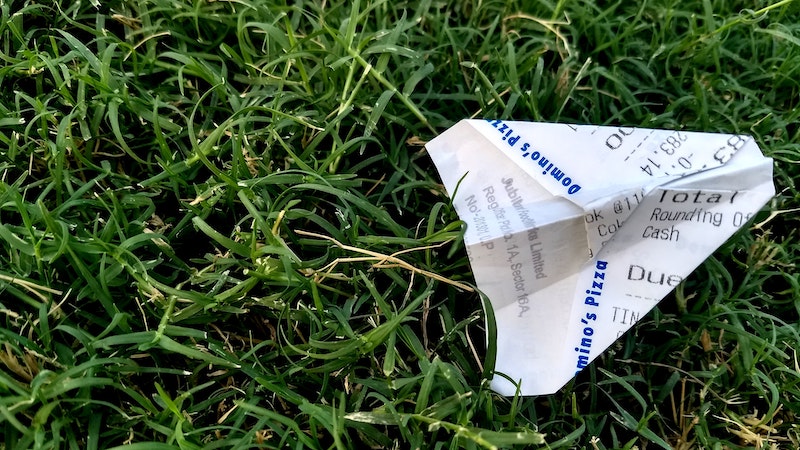Expense Mapping and Receipt Management
Episode #2 of the course Basics of bookkeeping by Kaitlin Kirk, CPA
Hello!
Yesterday, we talked about the chart of accounts and why it’s important to make sure it’s created similarly to the way you think about your business.
Today is all about mapping out your expenses and how to keep receipts. This lesson will make the next couple of lessons simpler.
Expense Mapping
Mapping out where you put your expenses will make it much easier to remain consistent with your bookkeeping. Consistency is one of the keys to good bookkeeping. If you put your telephone bill in Telephone Expenses one month and in Office Expenses the next month, then your Telephone Expenses account won’t be a true representation of what you actually spent on your phone bills during the year.
If your books aren’t a true representation of what it takes to run your business, then they’re not useful.
You can create this map in your notebook or a spreadsheet. Start by listing everything you spend money on regularly.
In the next column, record how much you spend every month. It can be an estimate.
In the next column, record the account you feel it should go into. Make sure accounts aren’t too small.
Conversely, make sure there’s nothing that has too many different kinds of transactions. For example, if you have your telephone, office supplies, and all your apps in one account, it might be too many things to be useful.
I would add another column for how you pay for these things as a reference when you’re reconciling your bank accounts.
Here’s an example:
| Expense | Amount | Expense Account | Payment Account |
| Accounting app | $20/month | Online Software Expenses | TD Visa |
| Telephone | $75/month | Telephone Expenses | RBC Chequing |
| Website | $7/month | Online Software Expenses | TD Visa |
| Printer ink | $65/year | Office Supplies Expense | TD Visa |
Now that you have your map, when you go to categorize your transactions, you’ll know exactly where everything goes!
Pro tip: Keep a second table with a listing of your accounts and a description of each one so if you have any new transactions, you can remember specifically what each account is for. It also makes reading your income statement easier. Here’s an example:
| Bad Debt Expense | for when clients don’t pay and I need to write off an invoice |
| Insurance Expense | for liability insurance (car insurance goes in Vehicle Expenses) |
| Vehicle Expenses | for all things related to the car |
| Professional Fees | if I need to pay an accountant or a lawyer or something like that |
| Transaction Fees | credit card transaction fees on my sales |
Receipt Management
There are a few things that make receipt management easier.
1. Ask for a receipt for everything.
2. Take a picture of it on your phone as soon as you get it.
3. Have folders set up in your phone or on the cloud for each year. Within the years, you could either have expense accounts or months or (if you’re really keen) both. If you have both, duplicate your receipt files. Store them by month and then again by expense account.
The handy thing about having them stored in both months and by Expense Account is that you can find them easily if your tax agency asks for them (by month) and if you need them (by Expense Account).
The most important thing about receipt management is to file receipts as soon as you get them. It’s when we let them pile up that they become an issue.
Most tax agencies will accept digital copies of receipts (make sure to check with yours), so you can throw out your physical receipts. Win!
Conclusion
Planning your expense accounts will help you understand your income statement later. If you’re very clear about what you’ve put in each account, you’ll know exactly what those numbers mean. Good receipt management supports this because it encourages you to capture all the expenses you have, which gives you a better picture of what it takes to run your business.
Task: Create your own expense map and set up the folders on your cloud. Once you have them set up, it will be much easier to ensure that your receipts are in the right place at the right time.
Tomorrow will be all about income and cost of goods sold: when to record income, what is the cost of goods sold, and a little bit about the matching principle of accounting.
Until then,
Kaitlin
Share with friends

